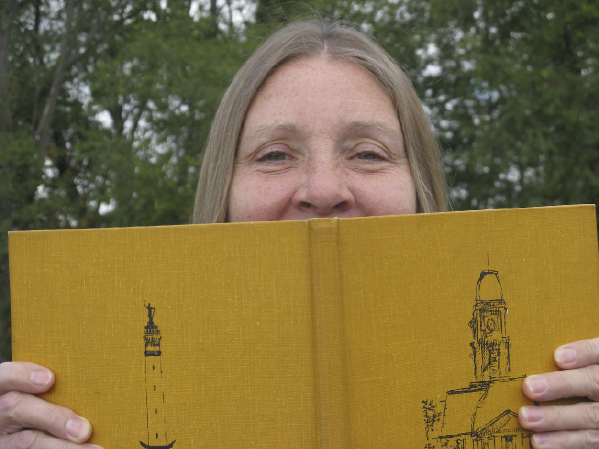Sonic Booms, Chilicothe and More

I believe we’re due for a reader column!
After the columns on UFO sightings in Hamilton County ran, both Pam Ferber and my Anonymous Friend brought up the sonic booms that used to be heard in Noblesville during the 1960s when jets from Grissom Air Force base flew over the city.
Believe it or not, I’d actually forgotten about the booms until they mentioned them. I’m surprised I forgot because, as Pam pointed out, those booms were VERY loud.
The “Truth or Tall Tale” column prompted Jeanne Flanders to write that she’d occasionally picked up mussel shells at the water level on the bank of White River and could see how they’d make beautiful buttons.
I’m not sure how plentiful mussels are in White River today, but it’s nice to have proof some of them survived the overfishing that took place 100 years or so ago.
Jeanne also raised the subject of Chilicothe, one of the “lost” towns I wrote about several years ago. (Those are Hamilton County towns that have plat maps recorded in the old deed books in the courthouse, but, for various reasons, never existed anywhere but on paper.)
Chilicothe and a Wayne Township town, Wheatly, were planned to be on the Central Canal. However, because the canal was never finished, those towns were never built.
Wheatly’s plat map includes its proposed location (today that would be the south side of 206th St. between Victory Chapel and Olio Roads,) but oddly, Chilicothe’s location is missing from its map.
Jeanne said her neighbor, John Bundy of Bundy Ducks, told her Chilicothe would have been situated on high ground along the south side of White River near State Road 13.
Unfortunately, Mr. Bundy died recently, so I lost the opportunity to talk to him about Chilicothe, but I suspect he was probably right about the location.
In other business . . .
On a recent visit to Gatewood’s Vegetable Farm I discovered they’re selling some nice T-shirts to commemorate their 100th year.
Bruce Gatewood pointed out the clever way his son, Bryce, worked “100” into the design on the back of the shirt, and Bruce’s sister, Kelli Balke, noted that the image of their building even includes the crooked weathervane.
(I’d never noticed the weathervane before, which shows how observant I am!)
Kelli said they often get asked if they intend to straighten the weathervane, but there are no plans to do that. They’re used to it the way it is.
When I was writing about Atlanta last week I ran short on space, so I couldn’t include anything about why “Atlanta” was chosen as the town’s name when it became necessary to replace “Buena Vista.”
Actually, I’m not sure there is a definitive explanation.
The June 18, 1886, Ledger simply notes that “Beuna Vista” [sic] was changed to “the more euphonious name” of Atlanta, which “increased the enterprise and public spirit of its citizens.” (In case you’re wondering, “euphonious” means “pleasing to the ear.”)
A more involved explanation appears in the August 7, 1914 Noblesville Daily Ledger.
F. M. (Frank) Trissal, a former Noblesville attorney living in Chicago, wrote a letter to the editor in which he stated that a regiment of Hoosier soldiers had been accused (“perhaps wrongfully”) of running away at the battle of Buena Vista during the Mexican War. He suggested that was why the town’s name was changed.
(Apparently, he was unaware a Buena Vista post office already existed in Indiana.)
According to Trissal, “Atlanta” was chosen to replace “Buena Vista” because it commemorated “a great battle of the Civil War in which Indiana soldiers participated and were complimented for their bravery.”
Finally — it’s wooly worm time again! Please let me know if you spot any.
Paula Dunn’s From Time to Thyme column appears on Wednesdays in The Times. Contact her at younggardenerfriend@gmail.com
